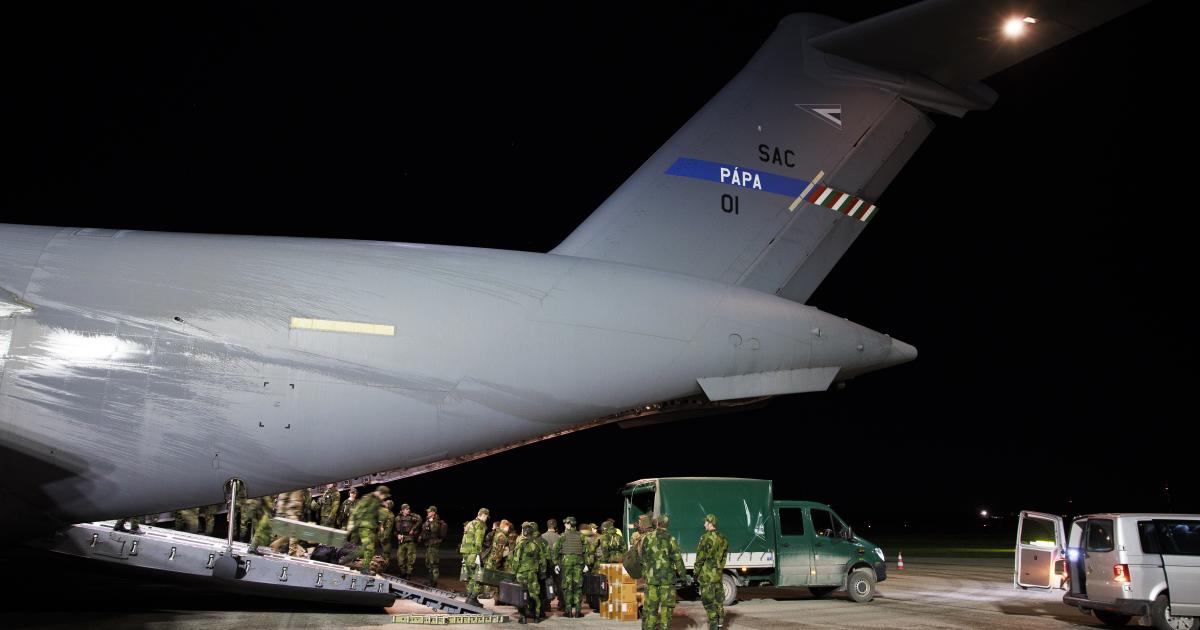
Last week, reports came about new demonstrations of force in the Baltic Sea:
Russian warships from the Baltic Sea Fleet commenced Russia’s extensive marine exercise in January and February, the Russian Ministry of Defense announced. Last week, High North News wrote about the marine exercise that are to take place both in the North as well as in the world’s oceans.
NATO is stepping up its military presence along the eastern flank, amongst others at sea and in the air in the Baltic Sea region and the Baltic countries. Here, Denmark participates with a frigate and four fighter planes, according to an alliance press release.
The USA has 8,500 soldiers in preparedness for potential deployment in Europe on short notice. In addition, Great Britain is considering offering Nordic NATO members troop reinforcements, Dagens Nyheter reported.
Norway will not contribute with forces to NATO’s eastern flank, said PM Jonas Gahr Støre to Norwegian broadcaster NRK the same day.
“Norway shall be the Alliance’s eyes and ears in the north”, Støre emphasized.
Consequence of worsened relation
“The Swedish military mobilization in the Baltic Sea happened in part because of deviations from the normal situation in that sea area, but it was above all else a consequence of the tension around Ukraine and the worsened relationship between Russia and the West”, says Military Analyst Jonas Kjellén at the Swedish Defense Research Institute to High North News.
One change from the normal was that the number of Russian operative landing vessels in the Baltic Sea went from one to six in a very short period of time. Three of these belong to the Russian Baltic Sea Fleet, which has bases in Baltisk in Kaliningrad and Kronstadt in the Gulf of Finland. The other three vessels belong to the Russian Northern Fleet and sailed in via Kattegat.
“The increase in the number of landing vessels was remarkable, as it is “off season” for such major Russian relocations. With these additional vessels Russia’s capacity to move and land troops in other places than the Baltic Sea was significantly strengthened.”
As a response, Sweden strengthened its military presence on the island of Gotland, some 90 kilometers from the Swedish Baltic Sea Coast. This is the largest island in the Baltic Sea and has major military strategic significance, with its central location in this Sea.
Resembles the Cuba crisis
“Without the pointed fronts between Russia and the West, the Swedish reaction to more Russian landing vessels in the Baltic Sea would hardly have been the same”, argues Kjellén.
The Northern Fleet’s landing vessels withdrew only a few days after the Swedish mobilization.
This unannounced Russian military reinforcement initiative in the region can be seen as a signal to the USA and NATO, in other words, as a moving of pieces in the negotiations between Russia and the West, according to the military analyst.
“This is a negotiation game with parallels to the Cuba crisis of 1962. Who shall give in and step back?”, he says.
The current Russian exercise move at sea in the north may also be read as a piece in the negotiation game, Researcher Ina Holst-Pedersen Kvam argues in an interview with High North News.
Amongst the Russian security requirements, the following may be of particular relevance to the Baltic Sea: The demand about a halt in NATO’s expansion to the east also includes Sweden and Finland. Furthermore, Russia does not want either NATO nor itself to deploy forces and wapons in countries where they did not have such presence prior to the spring of 1997.
This includes a demand that the Alliance withdraw its forces from a.o. the Baltic States and Poland.
The demand about and end to military exercises near the border between NATO and Russia also affects the aforementioned Baltic Sea countries and Norway.
The Russian requirements also demand that Sweden and Finland as partnership countries shall not be able to receive military support from NATO, according to Dagens Nyheter.
In 2016, the Swedish parliament Riksdagen adopted a host country agreement with the Alliance that simplifies the reception of such support. Accepting the Russian requirement would “devastate” the foundation for Swedish security cooperation, says Swedish Defense Chief Michael Bydén to the paper mentioned.
NATO has rejected the two first-mentioned requirements and suggests a.o. mutual orientations about military exercises and nuclear weapon policies within the framework of the NATO – Russia Council.
Connecting the Arctic and the Baltic Sea
The Arctic and the Baltic Sea are closely watched by the Nordic-Arctic four states Sweden, Finland, Norway and Denmark, according to a policy brief from the Norwegian Institute of International Affairs (NUPI), issued last month.
The countries stress in particular these two regions in their strong current focus on immediate security and defense challenges, according to NUPI. All four also point directly to Russia as a security threat, with the annexation of the Crimea in 2014 as the main reference.
Early January, the Swedish Defense Minister Peter Hultqvist said that Sweden is part of a “military strategic whole” that encompasses both the Baltic Sea and the Arctic. His statement came in relation to Sweden’s recent re-opening of six military divisions, with the Västernorrland Regiment as the fifth in the series, as mentioned by High North News.
“I agree with Hultqvist’s description”, Kjellén says and adds:
“Sweden is a member of the EU and no longer refers to itself as neutral, but rather as alliance-free. The relationship between Russia and the West, including Northern Europe, is generally rather poor and has consequences in a geographic overall picture, be it for Arctic cooperation or gas exports from Russia to the EU. Everything is connected.”
"conflict" - Google News
February 01, 2022 at 09:29PM
https://ift.tt/kKqxaHrUC
Conflict Spillover from Ukraine to the Baltic Sea and the Arctic - High North News
"conflict" - Google News
https://ift.tt/XqSTdvo5p
https://ift.tt/6vbUPNlnx
Bagikan Berita Ini














0 Response to "Conflict Spillover from Ukraine to the Baltic Sea and the Arctic - High North News"
Post a Comment